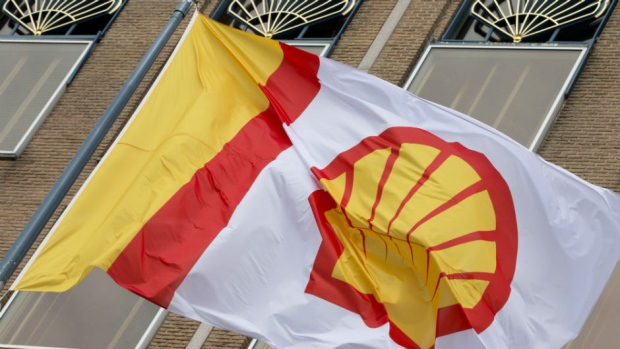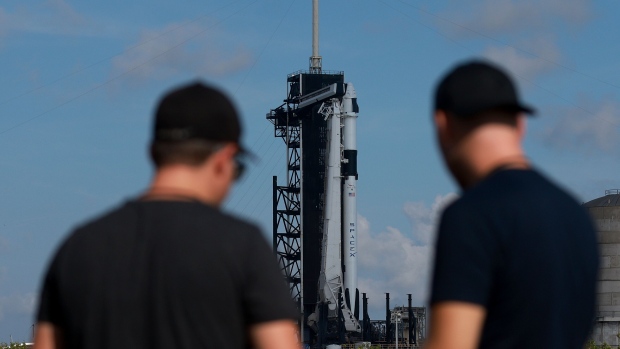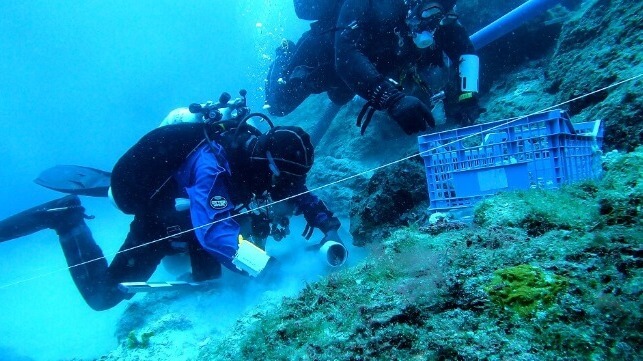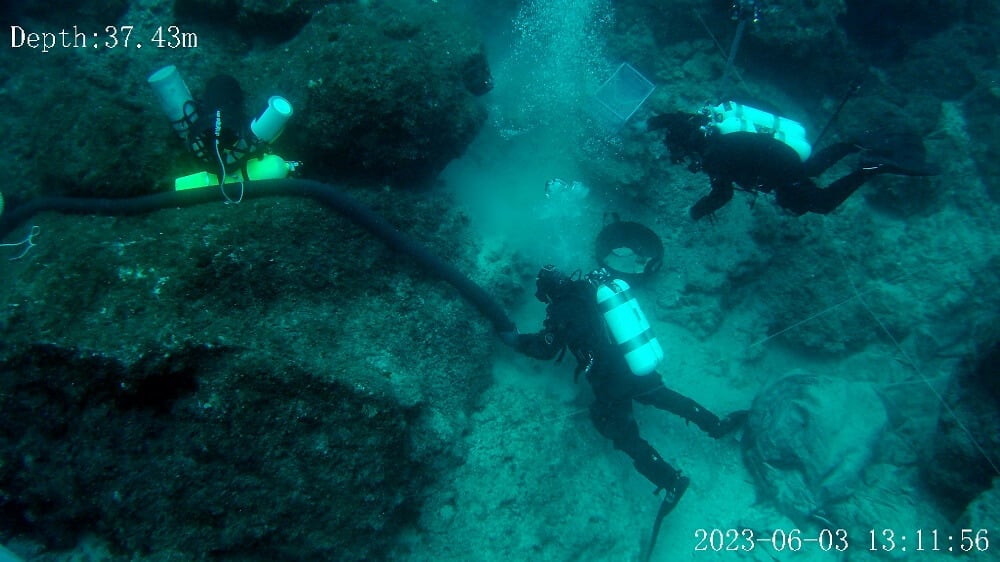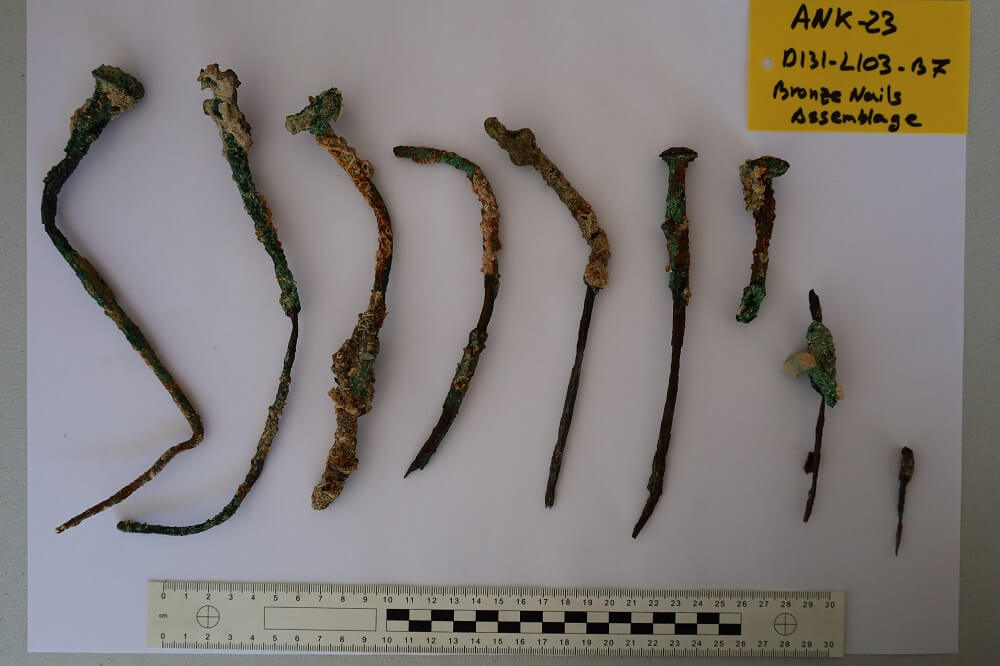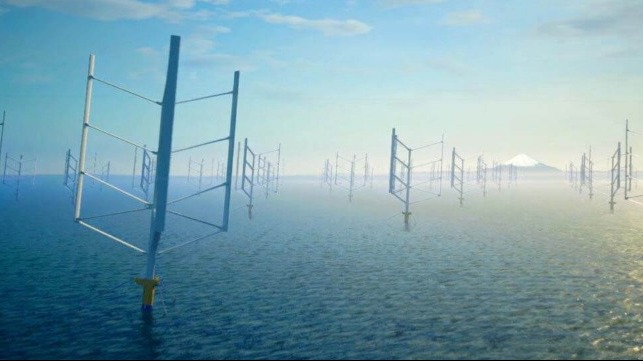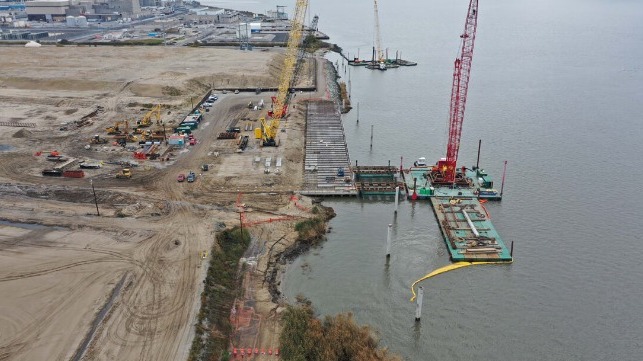B.C. port strike cost CPKC railway $80 million, exec says
, The Canadian Press
CANADIAN PACIFIC KANSAS CITY (CP:CT)
REAL-TIME QUOTE. Prices update every five seconds for TSX-listed stocks
The B.C. port workers' strike deprived Canadian Pacific Kansas City Ltd. of scores of millions of dollars, its chief marketing officer said, tacking on a costly coda to a tough quarter.
"At this point, we're estimating the strike had a negative impact of about $80 million in revenue, much of which we will work hard to claw back over the remainder of Q3 and Q4," John Brooks told analysts on a conference call Thursday.
The 13-week strike — plus a brief wildcat job action — earlier this month halted operations at most ports along the West Coast. In the first week alone, it depressed the number of containers hauled by Canadian railways to barely half the level reached during the same period in 2022, according to the American Railroad Association.
CPKC framed its first quarter following a major merger as a tough one, as demand for container shipments and some bulk goods fell across the rail sector.
“No doubt a challenging quarter as we dealt with a softer demand environment,” CEO Keith Creel said on the conference call.
In April, Canadian Pacific Railway Ltd.'s purchase of Kansas City Southern was completed. The US$31-billion deal — the continent's first big rail merger in more than two decades — created the only railway stretching from Canada through to the U.S. and Mexico.
In the quarter ended June 30, CPKC saw revenue nudge up two per cent compared with the two formerly separate railways' combined results from a year earlier, Brooks said. Overall volume fell five per cent.
He said revenues from container traffic dropped 10 per cent in the second quarter versus the combined figures from a year earlier, as consumers rerouted their spending toward services over products in a reversal of pandemic trends.
In better years, the corrugated steel boxes, which haul everything from kitchenware to construction materials, accounted for about a quarter of Canadian Pacific Railway's total revenues, rather than one-fifth as they did in CPKC's second quarter this year.
Grain volumes also fell five per cent year over year, while potash shipments and revenue plummeted 18 per cent — despite heightened global demand — due to a "major mechanical failure" in April at the Canpotex bulk terminal in Portland, Ore., Brooks said. The operation is not expected to come back online until 2024, as CPKC works to divert fertilizer to other ports.
“This is a long game, it’s not about the first quarter (following the merger)," Creel said, though he also acknowledged the snarls caused by the strike. “This is not to say that everything’s been perfect."
On the plus side, the railway hauled higher volumes of "frac sand" and steel as well as automotive products amid ongoing demand for parts and finished vehicles.
The benefits of a single-line service across the continent will also become more apparent as CPKC moves lumber from British Columbia to legacy markets of Kansas City Southern, Brooks said, "although we are seeing the impacts of a softer economy on residential construction and related building products."
Creel said long-term growth opportunities are "undeniable" given the greater reach of the merged outfit.
Employing roughly 20,000 people, the freshly fused rail network stretches from Vancouver and Saint John, N.B., to Houston and Mexico City, reaching the Gulf of Mexico and the Pacific Ocean.
Consistent with the trend of labour hoarding, CPKC is "carrying surplus headcount and incurring additional expense" at the moment, said chief financial officer Nadeem Velani. "However, as the growth comes on in the second half and into 2024, we will be prepared to handle it with strong ... margins," he said.
On Thursday, CPKC reported total revenues of $3.17 billion in its second quarter, compared with $2.20 billion a year earlier at CP — well before the marriage of North America's two smallest Class 1 railways in April.
Net income reached $1.33 billion versus $765 million the year before, the railway operator said.
The Calgary-based company said diluted earnings notched $1.42 per share, above the 82 cents per share of the same period in 2022.
This report by The Canadian Press was first published July 27, 2023.
CPKC chief exec cites 'challenging' three months following railway merger
The Canadian Press
Canadian Pacific Kansas City Ltd. framed its first quarter following a major merger as a tough one, as demand for container shipments and some bulk goods fell across the rail sector.
“No doubt it's a challenging quarter as we dealt with a softer demand environment,” said CEO Keith Creel on a conference call with analysts Thursday.
The company reported that revenues from container traffic, which moves everything from kitchenware to construction materials, fell 10 per cent in the quarter ended June 30 compared with the two railways' combined results from a year earlier as consumers spent more cash on services rather than products.
In better years, the corrugated steel containers have accounted for about a quarter of Canadian Pacific Railway's total revenues, rather than one-fifth as they did in its second quarter this year.
Grain volumes also fell five per cent year over year while potash shipments plummeted.
“This is a long game, it’s not about the first quarter (following the merger)," Creel said, though he acknowledged the snarls caused by the B.C. port workers' strike earlier this month. “This is not to say that everything’s been perfect."
On the plus side, the railway hauled higher volumes of "frac sand" and steel as well as automotive products.
Creel said long-term growth opportunities are "undeniable" given the greater reach of the merged outfit.
CP's US$31-billion purchase of Kansas City Southern — the continent's first big railway merger in more than two decades — created the only railway stretching from Canada through to the U.S. and Mexico.
On Thursday, CPKC reported total revenues of $3.17 billion in its second quarter, compared with $2.20 billion a year earlier at CP — well before the marriage of North America's two smallest Class 1 railways in April.
Net income reached $1.33 billion versus $765 million the year before, the railway operator said.
The Calgary-based company said diluted earnings notched $1.42 per share, above the 82 cents per share of the same period in 2022.
